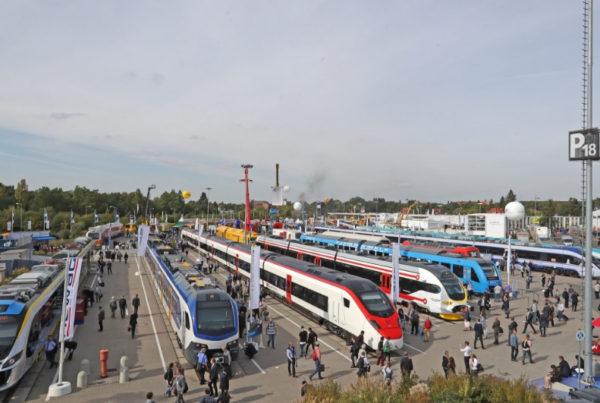
RE-positioning for the digital age is no easy ask. Across all sectors, failures and false starts have abounded. One trend, recalled by the CEO of Lego (a text-book example of digital revival ), was for the C-suite to hire from Silicon Valley. “That was a good way to change the company dress code – but not a great way to change the company culture,” he explained.
In the energy sector particularly, finding the value in digital has been hard. The result is that transformation efforts have lacked pace.
Exploring the possibilities and thrashing out their business cases, many energy companies have identified the same barriers. These have included the high level of health and safety risk inherent in their organisations, regulatory considerations, and the difficulty of integrating digital solutions within highly complex operations. These operations often span diverse regions with varied levels of connectivity and wide ranges of maturity in their supply chains.
And in common with other sectors, many energy leaders I meet cite deeply engrained processes (maintenance via a spread-sheet is still not uncommon) and embedded, out-dated, ways of working.
Why now?
Today the triple pressures of ESG, net-zero targets (infrastructure is responsible for 79 per cent of total greenhouse gas emissions) and, in many cases squeezed profit margins, are leaving energy companies with little option.
Digitalisation is a business imperative and, without a commitment to upscale their digital capacity and capability and embrace new ways of working, these profound changes put at risk a competitive future.
In the energy sector, this change is more crucial than others. Pressure is mounting to turn words and promises around sustainability into action. At COP28, in December, UN Climate Change Executive Secretary, Simon Stiel, warned delegates: “Now all governments and businesses need to turn these pledges into real-economy outcomes without delay.”
By 2040, the world’s energy consumption will have increased by almost 50 per cent. A digital, data-driven approach to operations is the only way to utilise our much-needed global energy resources in a way that does not cause irreversible damage to our environment.
So what are the core areas to consider when looking to execute a digital transformation strategy? They include:
1. Improved data management and a comprehensive data strategy:
How are data-sets across the organisation managed, connected-up and analysed? Is the data high-quality? Is it readily accessible to decision makers – but also secure – and does it align to the corporation’s long term digital strategy?
2. Unlocking siloed data:
Data from the earliest stage – infrastructure conception – right through to infrastructure ownership and operation, needs to be captured and stored in a common data environment. It should be accessible to those who need it to inform prompt and intelligent decision making.
3. Technologies and innovations:
Technologies which can support efficient operations, performance reliability and more sustainable outcomes within energy organisations include:
- Digital twins – creating digital models of sections – or entire portfolios of assets – linked to the physical assets and providing a real time data feed. This will enable operators to better understand current performance and predict future performance. Twins will also support efforts to reduce waste and carbon emissions – ultimately helping to meet net-zero targets.
- Asset-performance management software – Software which helps owners and operators of complex assets to drive optimum performance and maximise the value of their assets over their lifetime. Critically, this should include an element of predictive analytics or reliability centred maintenance (RCM).
4. Culture change:
Transformation should be a duet – not a duel – with the c-suite and your employees working hand-in-hand to realise the necessary changes together.

”Transformation should be a duet – not a duel – with the c-suite and your employees working hand-in-hand to realise the necessary changes together.








